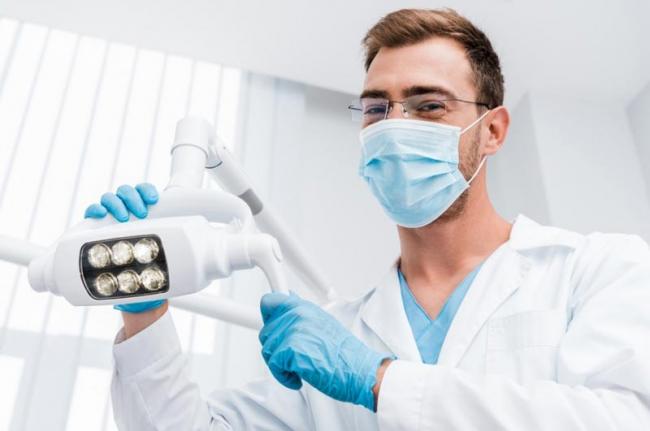Why Ergonomics in the medical field is important
The importance of comfort for nurses should be a foremost consideration in the office or facility where the care of patients is performed. Discomfort, due to repetitive motions, makes it more difficult for nurses to do their job efficiently. With a healthcare staff that is comfortable, there is less chance for errors.
The Right Mobile Cart
Nurses will be more comfortable with the following positions for their mobile cart: Seated position - the work surface and keyboard should have the capability to be lowered 25 inches from the floor to be ergonomically correct. Your wrists should not be bent outward or inwardly when typing.
An angled footrest will make sitting and working easier. When in a standing position, a footrest will allow you to get quick relief from standing and sore feet. While seated, the footrest may provide comfort for feet, especially for smaller persons.
Document Reading
The professionals at Cornell University have suggested that a mobile workstation’s screen should be able to be adjusted independently for standing as well as sitting.
- Standing - The LCD screen should be able to be raised to 71 inches from the floor
- Sitting - the bottom of the screen should be at 32 inches.
Swiveling and tilting the screen will help accommodate users with bifocal viewing. Tired eyes from discomfort due to reading screens is not in the highest interest of patient safety when it comes to caring for patients.
Maneuvering
Cornell University has studied comfort for computerized workstations and has made some recommendations. The cart handles should be able to be adjusted to the best height for maneuverability. This can also ensure that the cart is pushed or pulled with less force needed. Handle height should be 35 inches to 44 inches.
The gloved hand should have adequate clearance when the handle is part of the structure of the cart.
Hygiene and Safety
Antimicrobial surfaces, or those that are easy to clean and sterilize, are best for healthcare needs. Edges should be rounded or padded, to protect the user from scrapes and cuts to skin. Contaminants should not be blown in the air; the workstation should have a mechanism, besides the fan, to address this issue.
Storage, Accessories and Power
The cart should have sufficient storage so that a nurse does not have to carry materials in her or his arms. When people are in hallways, safety may be a concern for the healthcare professional carrying items. Transporting medicines and equipment by hand can lead to accidents, discomfort or lost items.
Battery power should be easily readable, as to how much is left, to keep the cart usable and in service. This allows for charging appropriately and not running out of power when needed. Warnings should be heard audibly or seen visually when the power is low. Because the cart may be used during multiple shifts, it has been suggested that the battery that is sufficient for the tasks of the day be used. It should also not take a long time to recharge.
Technology benefits all when used correctly. Equipment is safe, and discomfort is minimized with the proper standards in the workplace. A staff that is comfortable, safe and free of aches, performs their tasks more easily and without errors. Medical staff as well as patients will benefit from an understanding of comfort in the workplace. Employee relations are heightened; the importance of the right work station is an issue that knowledge of ergonomics will address.


